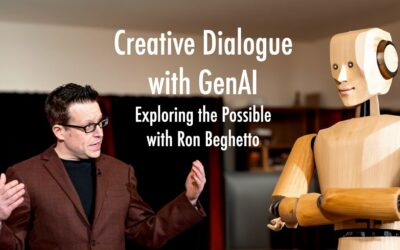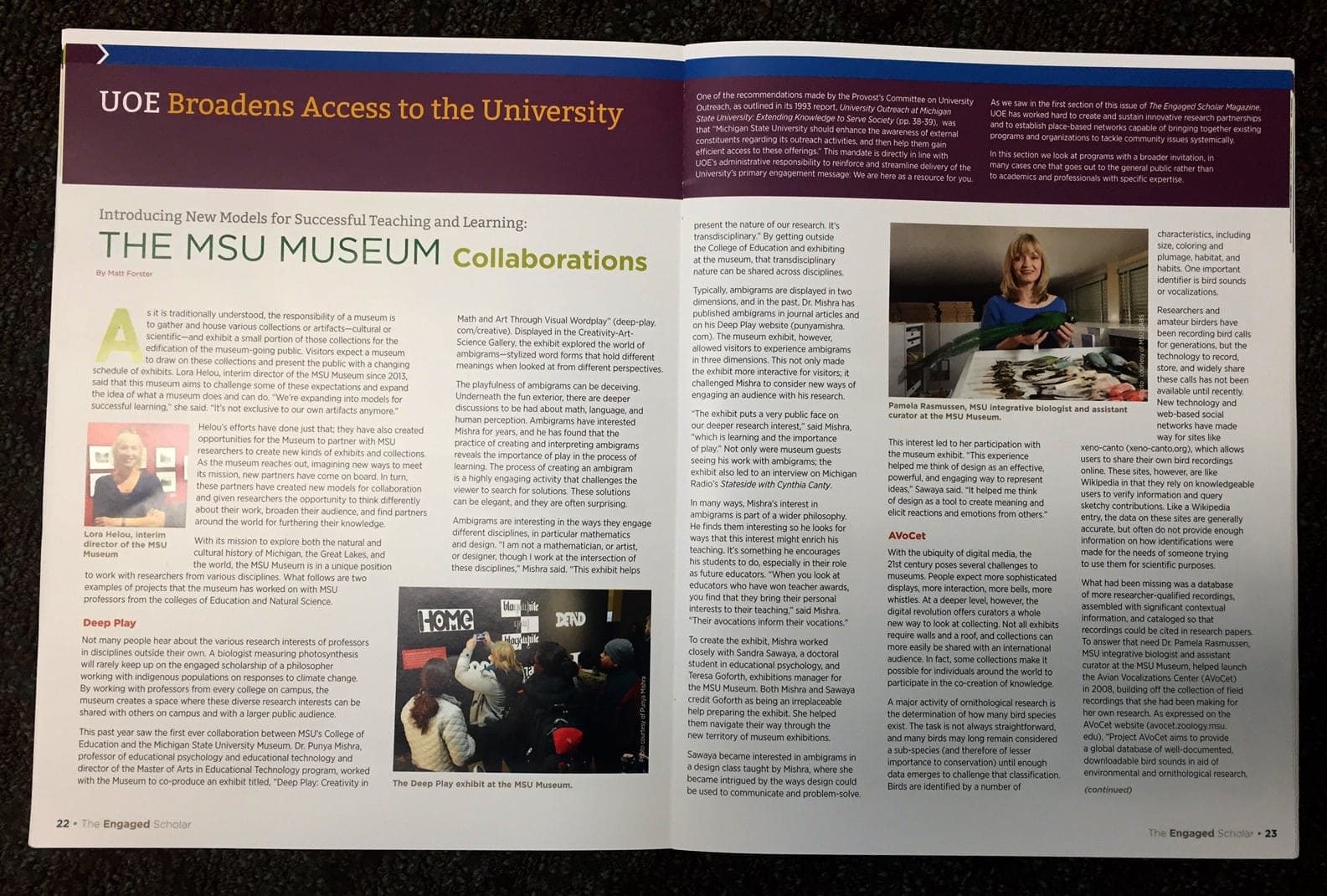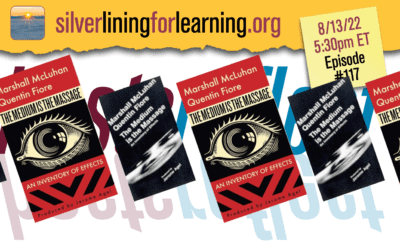One often hears the criticism that students today don’t know how to write… the part of the blame is placed on technology, on the limitations of texting and twittering! For instance, here are two quotes from a book review TXTNG: THE GR8 DB8 by Marcus Merkmann in the New York Post.
[Texters are] vandals doing to our language what Genghis Khan did to his neighbors 800 years ago – John Humphrys, British TV presenter.
Texting is bleak, bald, sad shorthand which masks dyslexia, poor spelling and mental laziness – John Sutherland, author
Of course all this is presented with no real data! A contrasting perspective is presented by research conducted by the Stanford Study of Writing project conducted by Andrea Lunsford. Describing this research, Clive Thompson writes in an article in Wired:
technology isn’t killing our ability to write. It’s reviving it—and pushing our literacy in bold new directions…. young people today write far more than any generation before them. That’s because so much socializing takes place online, and it almost always involves text. Of all the writing that the Stanford students did, a stunning 38 percent of it took place out of the classroom—life writing, as Lunsford calls it. Those Twitter updates and lists of 25 things about yourself add up.
It’s almost hard to remember how big a paradigm shift this is. Before the Internet came along, most Americans never wrote anything, ever, that wasn’t a school assignment. Unless they got a job that required producing text (like in law, advertising, or media), they’d leave school and virtually never construct a paragraph again.
Well, maybe youth today are writing more, but is it any good? Turns out that college students today are not just producing a greater number of words, but these words are of better quality as well.
Lunsford’s team found that the students were remarkably adept at what rhetoricians call kairos—assessing their audience and adapting their tone and technique to best get their point across. The modern world of online writing, particularly in chat and on discussion threads, is conversational and public, which makes it closer to the Greek tradition of argument than the asynchronous letter and essay writing of 50 years ago.
There is actually one concern that this research has pointed out, however the accusing finger points not at the students but rather at us, the professors. For today’s students:
… writing is about persuading and organizing and debating, even if it’s over something as quotidian as what movie to go see. The Stanford students were almost always less enthusiastic about their in-class writing because it had no audience but the professor: It didn’t serve any purpose other than to get them a grade.
Now this is something to think about…
And finally, what about the pernicious influence of texting on student writing… sadly, no evidence of that could be found!
Glad to put that myth to rest!
Finally, just in case something thinks that this “adult” condemnation of what young people do is something recent… well, turns out there are historical antecedents for that as well. The quotes below are not directly related to the issue of technology and writing, but are revealing about our attitudes all the same.
We live in a decaying age. Young people no longer respect their parents. They are rude and impatient. They frequently inhabit taverns and have no self-control — Words inscribed on a 6,000-year-old Egyptian tomb.
What is happening to our young people? They disrespect their elders, they disobey their parents. They ignore the law. They riot in the streets, inflamed with wild notions. Their morals are decaying. What is to become of them? — Plato, 4th Century BC
The young people of today think of nothing but themselves. They have no reverence for parents or old age. They are impatient of all restraint … As for the girls, they are forward, immodest and unladylike in speech, behaviour and dress — Peter the Hermit, 1274 AD
As they say, Plus ça change, plus c’est la même chose…. The more things change the more they stay the same 🙂
Note: I am not sure the Stanford project looked at the different kinds of media use that students engage in today (photos, video, mashups etc.), because that is a huge part of how the very idea of literacy is being redefined today. I don’t necessarily want to get into that issue here in this post, but is clearly a huge part of the kinds of literacy activities students today are engaged in.




This article is absolute rubbish. English is a dying language, and modern cutesy-poo “shorthand” is part of the problem. Public education is down the tubes, and has been for a long time.
Dear Sir,
I first learned about your TPACK model in a course I took with Dr. Ruben Puentedura. Currently, I am pursuing my master’s degree in IT. As part of my requirements, I am doing a study on 1-on-1 Netbooks and nonfiction writing.
I have read a number of your studies, and I am wondering whether you have examined any particular online writing forums in terms of TPACK.
We use a private forum — Vermont Young Writers Project — (the public version is at this address: http://youngwritersproject.org/ ). The site allows our students to post their work, review each others’ work, leaving comments, and then to revise their work — or not — based on comments. I have no idea how many of these types of online writing forums exist. As a teacher, I love how the forum tracks revisions and allows me to compare revisions to determine whether my students are revising and editing based on their peers’ and teachers’ comments.
I would so appreciate hearing your thoughts about online writing forums and TPACK. Also, any research you could suggest I might read would be helpful.
Thanks for your work.
Sincerely,
Sharon Hayes, School Library Media Specialist/Tech Integrationist
Folsom Educational & Community Center (K-8 school)
South Hero, VT
It only goes to show where there’s will there’s a way. Keep on trying.
Alan, you have asked a couple of intriguing questions but I am not sure if I have the expertise to answer them… but food for thought none the less. My gut instinct is that there is a little of both going on, possibly, i.e. texting both masks dyslexia and enables easier communication for those with dyslexia. But that is just a guess with no real data to base it upon.
I am intrigued by John Sutherland’s quote, regarding texting and dyslexia. I wonder what the relationship is between the two? Does texting mask dyslexia or does it enable people with dyslexia to communicate more effectively?
I found quotations similar to that in a 1970s yearbook of the high school I worked in. I had them ready in a facutly meeting b/c I knew teachers were going to start complaining about students and long for yesteryear. I pulled out the yearbook, read the quotes from teachers, almost exact quotes with a 30+ year difference, and asked, “maybe it’s us?” I also wonder if texting has helped students be more creative writers than just following prompts teachers often give.
Nice post Punya! It’s amazing how many accusations are thrown out about youth and now their digital and gaming culture with no data.
I’m also loving those quotes at the end. I used to have one similar written in 4th century b.c in my 6th grade classroom just for parents and curmudgeon teachers 🙂 but haven’t been able to find it.
Thanks for keepin’ it real and referenced. You’re adding to our to our Toolbox.
Thanks for pulling these quotes, Punya. I’ll be using the one on authentic audiences in a blog post to parents regarding our middle school students publishing work on a classroom blog.
Wow, great post.
I think the issue is of “substantial” writing. Your blog has more words than a book, but its not a complete stand-alone piece of work which your book will be (when you write it…).
The issue is of the capability of expressing or communicating deep and non-trivial thinking. If writing is thinking, then the issue is of demonstrating the capability to think deeply.